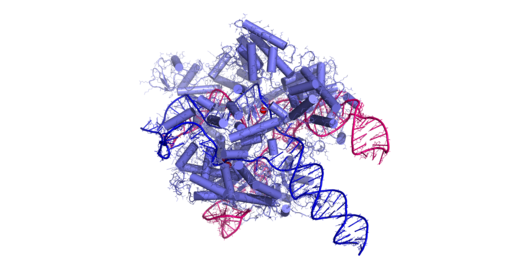In a study conducted at Karolinska Institutet in Sweden, researchers looked into CRISPR gene editing and how that can play a critical role in mutated cancer cells as well as the medical field. CRISPR is “programmed to target specific stretches of genetic coding and to edit DNA at the precise location;” specifically, the CRISPR system binds to the DNA and cuts it, therefore, shutting the targeted gene off. Researchers can also permanently alter genes in living cells and organisms, and in the future, using this method they may even be used to treat genetic causes of diseases. Although CRISPR sounds amazing, will it really be as great as it seems?
There are a few obstacles that need to be overcome before CRISPR can even become regularly administered in hospitals. The first is to understand how cells will behave once they are subjected to DNA damage which is caused by CRISPR in a controlled manner. When cells are damaged they activate a protein called p53 which has negative and positive effects on the procedure. The technique is less effective when p53 is activated, however, when p53 is not activated cells can grow uncontrollably and become cancerous. Cells, where p53 is not activated, have a higher survival rate when subjected to CRISPR and because of this can accumulate in mixed cell populations. Researchers have also found a network of linked genes that have a similar effect to p53 mutations, so inhibiting p53 also prevents these cells from mutating.
Long Jiang, a doctoral student at the Department of Medicine at Karolinska Institutet, says that “it can be contrary to inhibit p53 in a CRISPR context. However, some literature supports the idea that p53 inhibition can make CRISPR more effective.” By doing this it can also counteract the replication of cells with mutations in p53 as well as genes that are associated with the mutations. This research established a network of possible genes that should be carefully controlled for mutations during CRISPR. This will hopefully allow for mutations to be regulated and contained more efficiently.
DNA, or deoxyribonucleic acid, is a long molecule that contains a genetic code; “like a recipe book it holds all the instructions for making the proteins in our bodies.” Most DNA is found in the nucleus of the cell, but a small amount can also be found in the mitochondria. DNA is a key part of reproduction because genetic heredity comes from the passing down of DNA from parents to offspring. Altering this DNA can have an impact on a number of someone’s physical characteristics. CRISPR does just that. It can be used to edit genes by finding a specific piece of DNA inside a cell and then modifying it. Since CRISPR is so new, it has its positives and negatives, but overall it is a groundbreaking discovery.
In conclusion, even though cells seem to gain p53 mutations from CRISPR, it has been discovered that most of the cell mutations were there from the start. Even though this is still an issue, we don’t know to what extent it can cause greater harm, so it will be exciting to see the new discoveries in the future!




Leave a Reply